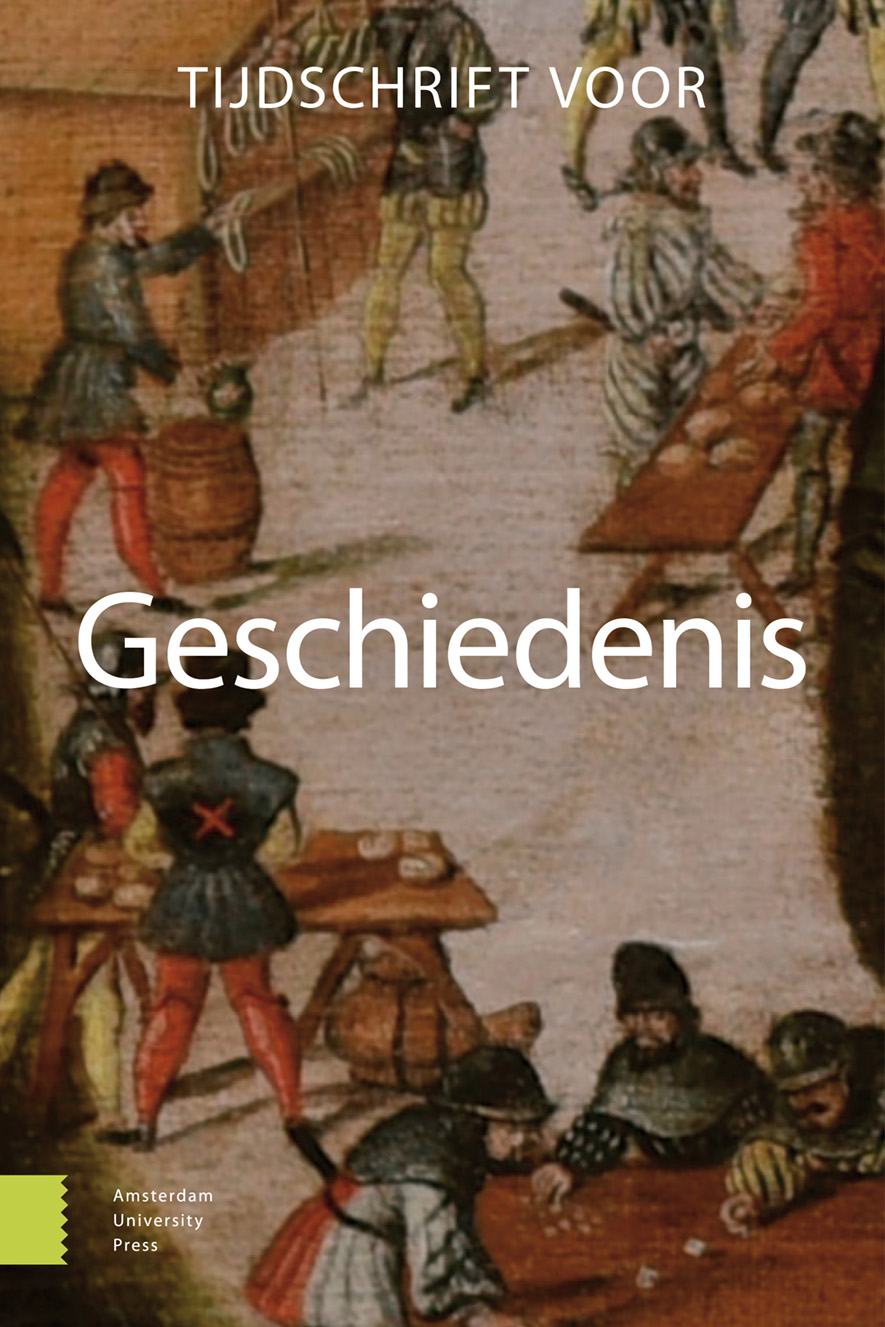-
oa Het Escoriaal en de Tombe van Humayun vergeleken
De vormgeving van het dynastieke verleden van de Mughals en de Habsburgers in de zestiende eeuw
- Amsterdam University Press
- Source: Tijdschrift voor Geschiedenis, Volume 131, Issue 2, Jun 2018, p. 237 - 259
Abstract
The Escorial and Humayun’s Tomb in comparison. Shaping the dynastic past of the Mughals and the Habsburgs in the sixteenth century
Royal tombs and monuments, such as the imperial tombs of India and the Escorial of Spain, are among the best-known monuments of the early modern period. This article compares the Escorial, which served as the dynastic vault for the Spanish Habsburgs but particularly glorified Emperor Charles V, and the tomb built for the Mughal emperor Humayun. Both were built by their sons, Philip II (r. 1556-1598) and Emperor Akbar (r. 1556-1603). By tracing the building history and the commemorative practices that emerged around these two buildings we can analyse and compare how these two rulers – who were only the third of their line in a new territory – shaped the memory of their fathers and used it to legitimize their own power.


